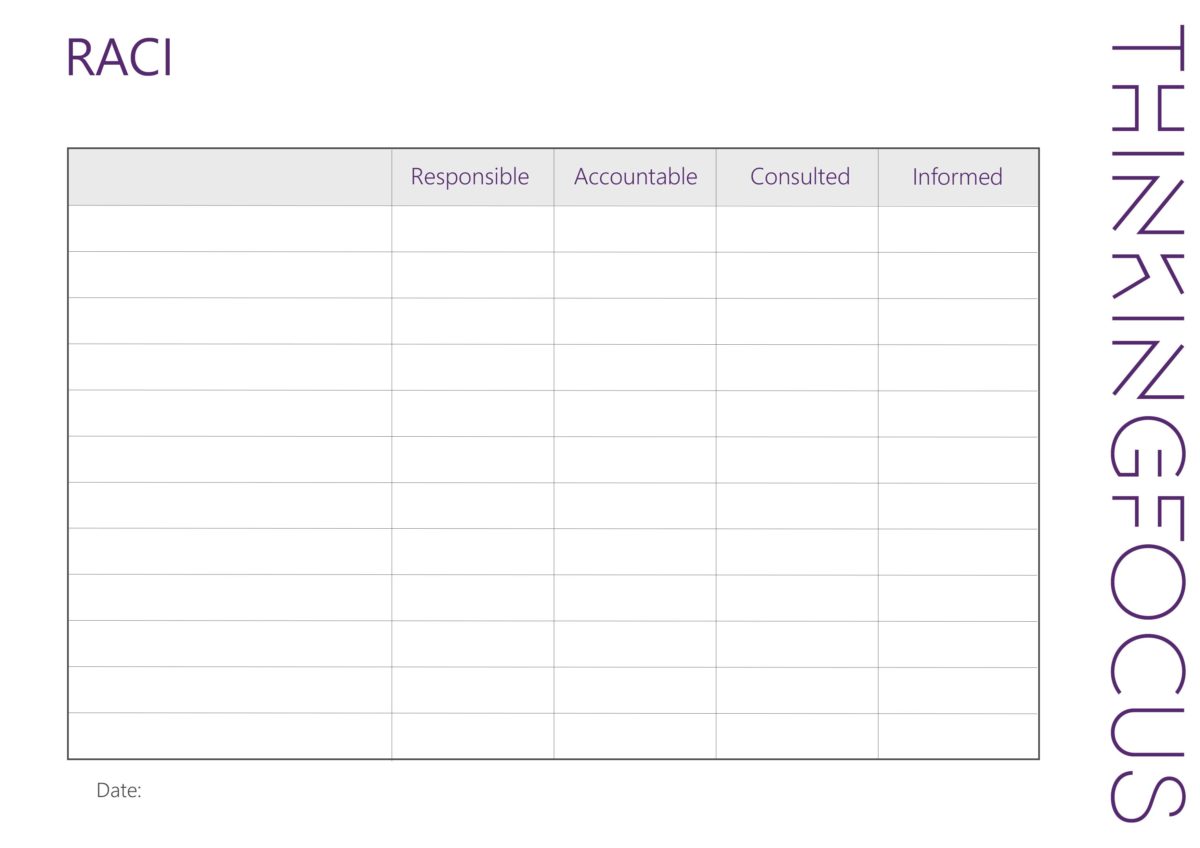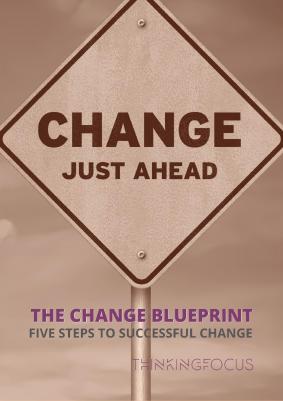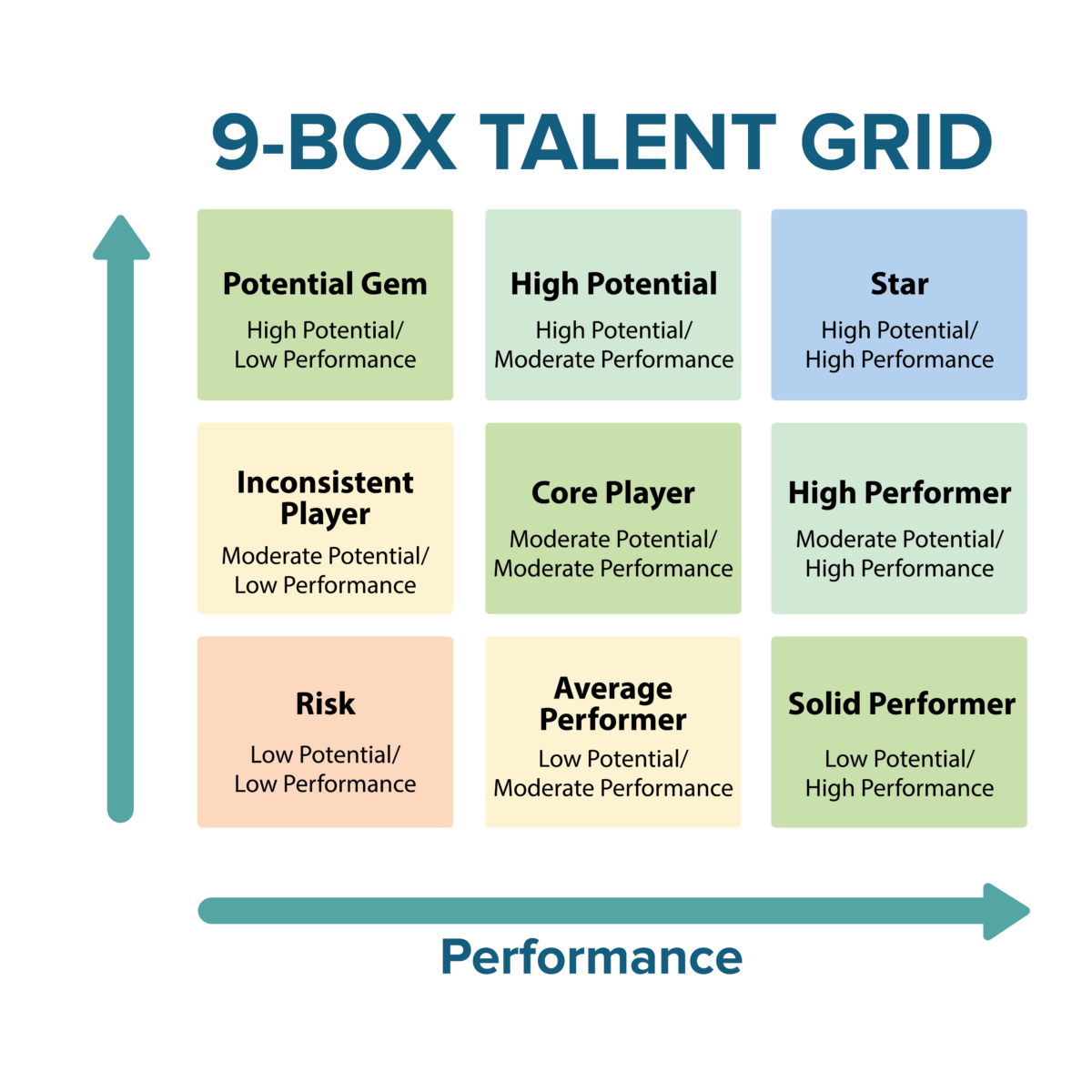Clarify Roles and Responsibilities with the RACI Matrix
It’s high time to Say Goodbye to Confusion: Clarify Roles and Responsibilities with the RACI Matrix.

Your free downloadable RACI Template
This video is your ultimate solution if you’ve ever experienced organizational chaos, overlapping responsibilities, or unclear accountabilities. We dive into the powerful RACI Matrix, a widely used framework designed to bring clarity and structure to any team or project.
Whether you’re a business professional, project manager, or part of a collaborative group, mastering the RACI Matrix will revolutionize how you define, communicate, and execute roles and responsibilities within your organisation.
Join us as we demystify the RACI Matrix key concepts and provide practical tips on implementing it effectively. We’ll guide you through each element of the framework:
- Responsible
- Accountable
- Consulted
- Informed
You’ll learn how to assign clear ownership, establish decision-making authority, involve stakeholders at the right moments, and keep everyone in the loop without overwhelming them.
Through an interactive example, we’ll illustrate the immense benefits of adopting the RACI Model. Say goodbye to confusion, duplication of efforts, and conflicting expectations. Say hello to streamlined processes, improved teamwork, and enhanced productivity.
Don’t miss out on this transformative opportunity to optimise your team’s efficiency and effectiveness. Clarify roles, empower your team, and boost your organization’s success with the RACI Chart. Watch now and embrace a future of seamless collaboration and clear accountability.






